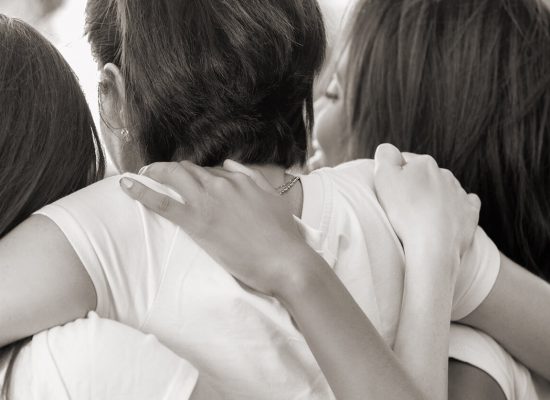Crisis and First Responder
We so often are asked about the crisis process at when we are called out to work with a youth. We wanted to unveil the mysteries, and give you a glimpse into our work during a crisis call.
We work with so many amazing partners who have supported our work and ability to relate to the youth so easily. To us, this means that we get to come in as a neutral party, with no attention on anything except the comfort, safety, and well being of the child. We are part of the First Responder Protocol in Los Angeles County, which means we are part of a response team that works to provide the best outcomes for these youth.
Once we get a crisis call, usually from our partners on the MART team through DCFS, we respond within 90 minutes of contact. We arrive at the staging area, which may be a hospital or police station and bring the youth a humanitarian bag. The bag contains for example, a change of clothes, something warm like a jacket or a blanket, hygiene items like a toothbrush and face wash, a teddy bear, coloring book, and a snack among other things.
One of the most surprising things to us is that the first thing the child pulls out is the teddy bear and the blanket, like any child would in a scary situation. We are always reminded in those moments that these are children first and foremost, after all that that they have been through. We introduce ourselves and our services, why we are there and why we want to help them. The children often light up when we tell them that we are a part of team of advocates, and that we are fighting for them and for justice in their situation. We sit and talk with them about their favorite food, favorite activities, and all the potential opportunities we could have to enjoy those activities with them to start to rebuild hope for their futures. Sometimes they open up about where they have been, and others they are not ready, and so we talk about music and life as a teenager instead. We do not force a child to tell their story, and often we wait weeks or months before they start to open up and begin to acknowledge some of the trauma. We recognize that each child’s experience of trauma is unique. We love how resilient all of them are, and how they continue to amaze us by overcoming so many obstacles each day to fight back against the traumatic memories that have the potential to paralyze them most days.
After the youth has received any medical treatment, SART exams if needed, and is cleared to move to a placement, we accompany the youth home, to a placement, or to another designated area where they can safely stay until a suitable placement is found. We remain in constant contact with the youth or the placement to ensure that they are safe and feeling comforted, and we set up a safety plan so that anyone around the youth will know how to help the child if they feel like running away or harming themselves.
Our agency approach is unique – a relational model that recognizes that what each child needs is healthy relationships and a community of people who remind them that they matter, that they are safe now, that they are strong and amazing. We work hard to help them see their own strengths and will follow them as long as possible to help them reach their goals.
If you would like to read more about the First Responder Protocols, you can read about them here: https://www.lacounty.gov/law-enforcement-first-responder-protocol-for-csec



